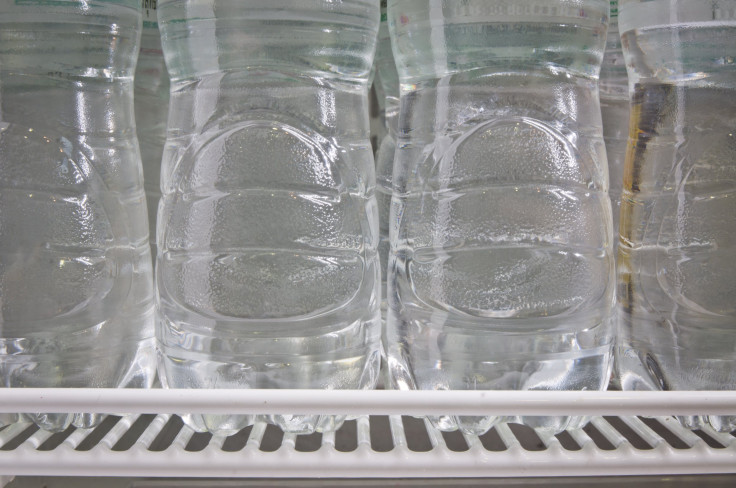Drinking Too Much Water Can Be Deadly: New Guidelines On Healthy Water Consumption Warns Against The Wrong Amount

Drinking enough water is essential for the human body to function, but drinking too much can be just as dangerous as drinking too little. A panel of 17 experts from around the world collaboratively wrote guidelines outlining the safest way to drink water without going overboard. The new guidelines were accompanied by warnings, published in the Clinical Journal of Sport Medicine, and announced at the International Exercise-Associated Hyponatremia Consensus Development Conference.
“Our major goal was to re-educate the public on the hazards of drinking beyond thirst during exercise,” the guideline’s lead author Dr. Tamara Hew-Butler, an exercise science professor at Oakland University, said in a statement. “Every single EAH death is tragic and preventable, if we just listen to our bodies and let go of the pervasive advice that if a little is good, than more must be better.”
Athletes are particularly at risk. According to the experts, 14 deaths of marathon runners, football players, and other athletes have already been attributed to drinking too much water or sports drinks during a physical activity. The condition is known as exercise-associated hyponatremia (EAH), in which the kidneys become overwhelmed by the large quantity of liquid it’s forced to process. The body's naturally occuring sodium can’t keep up with the amount of water, leading to swelling in the cells and in severe cases, death. The panel recommends preventing hyponatremia by being in tune with your body and drinking when you’re thirsty — no more, no less.
"Using the innate thirst mechanism to guide fluid consumption is a strategy that should limit drinking in excess and developing hyponatremia while providing sufficient fluid to prevent excessive dehydration," according to the guidelines, published in the Clinical Journal of Sport Medicine.
Watch for signs of EAH by knowing common symptoms, which include lightheadedness, dizziness, nausea, puffiness, and weight gain during a physical activity. In severe cases, vomiting, headaches, confusion, agitation, delirium, seizures, and comas may occur, which can be life-threatening. EAH has been known to strike people who are in physically challenging athletic events, such as marathons, triathlons, military exercises, hiking, football, calisthenics during fraternity hazing, and even yoga.
Water is a key chemical of the body, which is why it needs to remain within a healthy range in order to balance the body. The human body loses water every day through breathing, sweating, urinating, and having a bowel movement, according to the Mayo Clinic. In order to replenish the body with enough water without overwhelming the cells, the Institute of Medicine determined the ideal amount is approximately 16 8-ounce cups (3.7 liters) for men and 11 8-ounce cups (2.7 liters) for women.
For athletes or anyone about to engage in a physical activity that will make you sweat, drink 1.5 to 2.5 extra cups of water to compensate for the fluid loss. Because sodium is lost through sweat perspiration, drinking a sports drink that contains sodium will help replace and balance out the increased water intake while reducing the chances of developing hyponatremia.
Source: Winger J and Hew-Butler T. Statement of the Third International Exercise-Associated Hyponatremia Consensus Development Conference, Carlsbad, California, Clinical Journal of Sport Medicine. 2015.



























